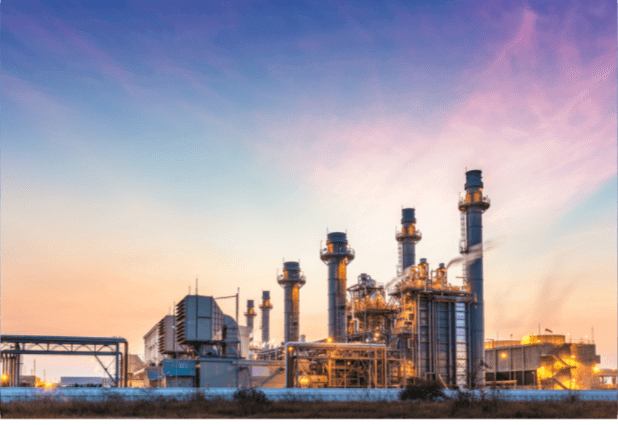
Moving and installing a 400-ton large power transformer worth millions of dollars is no small feat. For heavy construction contractors working in the energy sector, machinery installations carry risks often not found in other industries. From tight, hazardous environments to equipment that can’t be fully de-energized, energy contractors need a detailed plan of operations to ensure a safe, positive outcome.
Primary safety concerns
Equipment installations on energy-related sites carry special safety concerns, especially associated to high voltages. Crews will often be working in tight areas around equipment that can’t be completely de-energized. This requires close attention to lockout/tagout procedures, proper identifying and labeling, appropriate personal protective equipment (PPE) and planning for safe working conditions.
Before the plan
Because every situation is different, a thorough risk analysis is required before operations planning begins. Start with a meeting between the safety teams of both the contractor and the customer. Each jobsite will have unique safety requirements and standards, and the goal should be to meet and exceed those constraints from mobilization through handoff.
Pre-planning activities also include collecting and verifying site and building plans. Buildings and worksites tend to evolve over time, and energy contractors’ engineering staff need to compare original plans with the current situation. This will help identify potential hazards, as well as a variety of other considerations, that will need to be addressed during the installation. This could include electrical, piping and other systems that may need to be temporarily relocated before installation can proceed.
This is also a good place to identify the location of any crew and customer personnel that may be on-site during the installation so proper barricading can be placed. Be sure to communicate the project work plan to the necessary personnel to avoid intrusions into unsafe areas.
Installation of new machinery may also involve the removal of equipment being replaced. Determining what will be needed to accomplish this task can be an involved process, and requires the same attention as that of the new equipment installation.
Meeting with new equipment suppliers is another important part of pre-planning activities. The supplier will be your source for all of the needed requirements for proper installation, including power requirements, tools and equipment, floor thickness and anchorage specifications, as well as lighting. The supplier can also provide equipment dimensions, as this may affect access requirements at the site.
Creating the plan
With the information gathered during the pre-planning phase, it’s time to create a detailed plan of action. This is an opportunity to look at the challenges of the project and bring your energy contractor’s experience into play to discover the safest and most efficient ways to accomplish the equipment installation. Plans should be carefully reviewed before signoff to ensure nothing has been overlooked. The plan at minimum should address:
- the need to relocate piping or other systems.
- impediments to placing equipment on site.
- special concerns created by the installation process.
- protocols for lockout/tagout, PPE, communications and barricading.
- critical lift considerations.
- location of personnel.
- a clearly defined and communicated personnel escape plan.
- awareness of worksite safety standards by all parties.
- meeting OEM installation requirements.
- go/no-go standards for weather-related events.
Responding to changes
The best heavy construction contractors know plans may have to be altered in response to changes on the jobsite. While it can be tempting to continue forward after a change has been identified and dealt with, the safety of work crews and successful completion of the project require re-examining the plan after a change to assess its impact. For best results, never assume.


